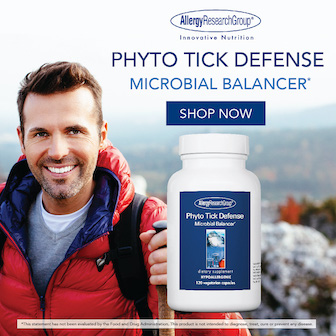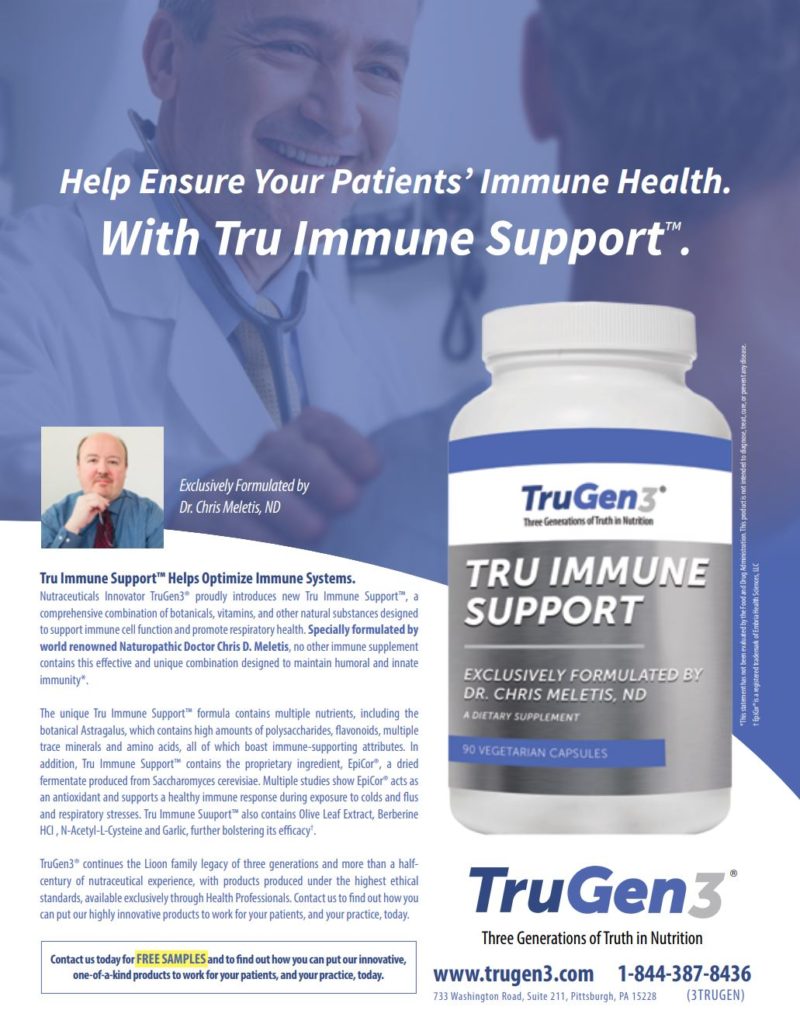Life Is Normal in Haiti
In Port-au-Prince, people crowd the outdoor markets, enjoy promenading through the streets, gather for dinners with friends, partake in all community activities without masks and without vaccines. Their rate of COVID-19 is much less than ours. Of course, Haiti remains extremely poor, and folks need to work to be able to feed their families. Like most third-world countries Haiti does not have a vaccine program so the population remains unvaccinated. The mind-set among Haitians is essentially unchanged from pre-pandemic—concerns about daily survival, taking care of the family, working to improve their community. No one pays attention to COVID-19. Here’s a nation that has, only some years ago, been devastated by hurricane and flooding, losing much of its infrastructure yet not affected in the slightest by the pandemic. Of course, it is an island, and islands do convey some protection. A much larger island, New Zealand, shares a very low COVID-19 rate. But New Zealand imposed public health measures, including staying-at-home and masking requirements over the course of the pandemic—Haiti didn’t. So why is the coronavirus so low in Haiti? The bigger conundrum is why mainland China has the lowest COVID-19 rate in the world while the US has nearly the highest?
In the meantime, India’s virus transmission has exploded, and sick individuals are overrunning hospitals and clinics. Neighboring countries in Southeast Asia have begun to see increasing cases. Brazil has also had an uncontrolled outbreak, and its contagion has spread throughout South America. Yet, Africa and the Western Pacific remain largely healthy. Europe’s COVID-19 case rate continues to smolder off and on, while the UK appears to be bringing the pandemic under control. In the US the case rate is reducing substantially, so much so that the governor of Florida has ordered all COVID-19 public health measures to cease.
Florida has been following a different track much of the last eight months, with schools open for in-class education, restaurants open for dining in, and notable crowding allowed on beaches and at entertainment venues. Of course, Florida citizens have had access to the vaccines, and many seniors in Florida have been vaccinated. Still unlike Haiti there is a very different mindset in Florida—that COVID-19 is lurking and people make their own risk/benefit analysis as they choose their daily activities and travel. It will be interesting to see whether those who mask in Florida will be jeered?
My letter in the last issue did step on a few nerves. A chiropractor in Florida thought my mask comments were disturbing. A colleague in Wisconsin thought I “wore a mask in [my] photos as a joke to point out how silly it is to require people to wear masks.” “I was shocked,” he wrote, “to read your editorial in which you supported this useless and dangerous practice…I would have thought you would be more thorough in researching the data regarding the COVID situation and, in particular, the double-blind studies, of which there are more than 20, that document the uselessness of masks in preventing the spread of the virus. Worse, you claim that no harm comes from wearing masks besides its being ‘uncomfortable’. In fact, great social-psychological harm is being visited on, especially, children. There are more than 200 muscles in the human face most of which are no longer visible for non-verbal communication when a person wears a mask. Social development is being stunted in school children, adding to the damage already occurring by the policies and practices of our failing public school system….”
Beyond the rhetoric regarding the usefulness or futility of wearing masks, one wonders what would be the appropriate measures taken by authorities at the beginning of a pandemic. It is a fine business to cast aspersions about public health policy and to assert individual liberties are being infringed upon. Should the thinking go that “it is all well if large numbers of people get sick or die as long as my family, friends, and I are permitted to do whatever we please?” Let me suggest a thought experiment: You are the chief of US public health policy. It is February 2020. What would be your mandate to public health authorities in managing the pandemic?
What sort of safety measures would you implement to control contagion? If you consider masks useless, how would you control spread of infection? Do you impose lockdowns? Knowing that the virus spreads readily as an airborne infection, how do you control it without social isolation? What sort of measures would you implement for prevention? Given the antipathy to mandatory vaccination, would you advise universal supplementation of nutraceuticals such as vitamins A, C, and D?
Perhaps the most important public health measure one would implement would be appropriate early treatment for COVID-19. In this issue Jule Klotter discusses in her “Shorts”column the censorship of treatments. She cites the outrage of Baylor University Medical Center’s Peter McCullough, MD, MPH, who has stated that effective treatment for early infection has been suppressed. When Dr. McCullough made a YouTube video for the public to learn about early treatment for COVID-19, YouTube took the video down. McCullough makes the case that public health policy has entirely failed by withholding guidelines for early treatment from physicians and the public. And why? Because public health policy has bet the house that all will be made good with vaccination.
Peter D’Adamo’s Bioinformatics: Computer Tools We Can Use in Our Day-to-Day Practices
Most of us are familiar with Peter D’Adamo from his book, Eat Right 4 Your Type, about diets modeled on one’s blood type. D’Adamo reasons that “blood types are critical predictive markers for disease” and that our ability to improve the efficiency of our metabolism and strengthen our immune system depends on eating foods compatible with our blood type. D’Adamo is currently a distinguished professor of clinical sciences at the University of Bridgeport in Connecticut. He is the head of the Center of Excellence in Generative Medicine at the Bridgeport College of Naturopathic Medicine. His most recent work has been the development of computer tools, known as bioinformatics, suitable for clinicians to access genomic data to implement in clinical practice. In the January 2019, Townsend Letter, D’Adamo introduced us to Datapunk, a multi-dimensional genomic database. As shown in the 2019 article available on our website, the tool is easy to access and run, availing us of genomic information that we can consider as we decide what vitamin, mineral, herbal, and other nutrient to prescribe.
In this issue D’Adamo introduces us to Rheingold “Interactive Interactions” and Rhythmus polypharmacy genomics. Rheingold illustrates the likely interactions that occur between two or more agents (agent defined as food, drug, nutraceutical, or a xenobiotic). Of course, the internet has programs that discuss drug interactions. The beauty of Rheingold is this is a program that considers interactions between herbs, nutraceuticals and drugs, not just drugs. Rheingold creates a map between agents vividly displaying the intensity of interactions that takes place when two that are not compatible are used together—for example, the herb St. John’s wort and the drug propranolol. The SNPs that cause the adverse interaction are illustrated. Discussion about the SNP and related information is immediately available with a click for all interactions.
This is not an article to quickly read and set aside. Bring the magazine to the computer and plan on spending some time trying out Rheingold and Rhythmus. Rhythmus is another bioinformatics tool, this one is meant to “calculate loss or gain of specific molecular function” vis-à-vis up-regulating or down-regulating SNPs such as COMT, MAOA, SOD1. D’Adamo poses the question, how does one down-regulate catecholamine targets COMT and MAOA while up-regulating anti-inflammatory target SOD1? This is not just a hypothetical. Rhythmus displays agents (nutraceuticals, herbs, drugs) that accomplish such a task. The beauty of Rhythmus is that one can change what one wants to up-regulate and down-regulate quickly and simply, determining the very best agents to achieve such goals. Now with Rheingold and Rhythmus, one can stand on much better ground prescribing each herb and nutraceutical.
Really, try it on your computer!
Cover Story:
Aparna Taylor, ND, on Lyme Disease
Speaking about conundrums…one of the biggest ones for most physicians is how to assess the patient who presents with a complex range of debilitating complaints. When a patient presents with symptoms characteristic of a tick-borne illness, it would seem reasonable to do testing for Borrelia bacteria and co-infections. As Alberta, Canada, naturopathic physician Aparna Taylor discusses in this month’s cover article, diagnosis is difficult as symptoms are variable and may be caused by more than one infection. Furthermore, since most testing does not directly look for the bacteria, parasite, or other tick-borne pathogen, a definitive diagnosis is not possible. The patient is left with a presumed diagnosis, not the ideal status to recommend intensive treatment with antibiotics, intravenous therapies, herbals, and other modalities. Taylor argues that treatment of patients should abide by basic naturopathic principles: 1. Do No Harm; 2. Identify and Treat the Causes; 3. Doctor as Teacher; 4. Treat the Whole Person; 5. Emphasize Prevention; and 6. Support the Healing Power of Nature.
What about testing? Taylor emphasizes that labs must look at all possible conditions that may explain the symptom complexity and not be limited to screening for tick-borne illness. Aparna encourages practitioners to utilize the guideline recommendations by Cameron, Johnson, and Maloney, “Evidence assessments and guideline recommendations in Lyme disease,” published in 2014 in Expert Review of Anti-Infective Therapy. Prepared for the International Lyme and Associated Disease Society, the guidelines grade the evidence for practitioners to evaluate patients for Lyme disease. While much of the guidelines focus on drug therapies, Aparna prefers to use natural approaches to treat. Taylor considers the challenging patient who fails to respond to treatment: What other confounding factors may be an obstacle to cure? She suggests considering “mold, bio-toxin illness, trauma, mental health concerns, hormone imbalance, digestive disorder, heavy metal toxicity, food sensitivity, and genetic” abnormalities.
Also, in this issue, Darin Ingels, ND, discusses effective herbal therapies for Lyme disease. Joseph Burascano, Jr., MD, considers a topic for these times: the patient presenting with both COVID-19 and tick-borne illness. Gisell Garcia, MD, and Mitzu Fajardo, MD, present an integrative approach for managing patients with chronic Lyme disease.












